"Gio Ponti popularizer of Italian making." Stefania Cretella, curator of the exhibition on the designer in Faenza, Italy, speaks.
Why is Gio Ponti considered the inventor and popularizer of Made in Italy? What innovations did Gio Ponti bring to the production and development of Made in Italy in ceramic manufacturing? And how does the famous designer and intellectual fit into the cultural debate of the 20th century? We asked Stefania Cretella, curator of the exhibition Gio Ponti. Ceramics 1922-1967 on display until October 13, 2024 at the MIC International Museum of Ceramics in Faenza. The interview is by Noemi Capoccia.
NC. How did the idea for the exhibition come about? Why did the MIC in Faenza decide to pay homage to Gio Ponti with an exhibition?
SC. The exhibition is part of a broader project started by the MIC several years ago, aimed at highlighting the great manufactures and personalities active in the field of 20th-century Italian ceramic production. After previous in-depth studies dedicated to the Lenci factory, Alfonso Leoni and Galileo Chini, it was decided to focus on Gio Ponti, taking the opportunity of the centenary of his artistic direction at the Società Ceramica Richard-Ginori, celebrated in 2023.
Why is Gio Ponti considered the inventor and one of the greatest popularizers of Made in Italy in the decorative arts?
Over time, Gio Ponti was able to highlight the importance of Italian creativity, which he considered the very expression of our society’s culture. He has always kept alive a dual interest in high artistic craftsmanship, the very essence of the traditional type of Italian model, and in technical and technological innovation applied to the serialization of the product. We can find these aspects in his design practice and in his multifaceted activity, but also in the different stylistic orientations developed by authors coeval with him, sustained through the pages of Domus and Stile, and his far-sighted and focused campaigns to promote Italian craft and industrial practice.
How doesthe exhibition investigate the decorative practice of Made in Italy ceramics?
The exhibition offers the opportunity to analyze ceramic works that differ in techniques, production eras and styles, emphasizing the evolution that characterized the sector between the Roaring Twenties and the beginning of our century. A section such as the one devoted to plates and tableware, for example, makes it possible to observe the change in taste within the same type of object, creating a kind of visual encyclopedia that traces over time the changing forms and decorations and comparing Ponti’s work with that of Guido Andlovitz, artistic director of the Italian Ceramic Society of Laveno.
What are the goals of the exhibition, beyond bringing out the figure of the Italian designer?
Among the goals we set ourselves was the desire to highlight Ponti’s role as a promoter and popularizer of Italian “making.” In addition to working in numerous fields, from architecture to design, from publishing to art criticism, from entrepreneurship to the organization of exhibitions, over the course of his long career Ponti was able to take advantage of the vast network of relationships created over time with artists, companies and institutions to highlight the creativity of colleagues and young recruits. The exhibition emphasizes these aspects, offering works by, among others, the Società Ceramica Italiana of Laveno, Luigi Zortea, Guido Gambone, Rolando Hettner and Andrea Parini, selected on the basis of what was published in Domus or displayed in stores and exhibitions set up by the architect. In addition, through direct comparisons between Ponti’s inventions and the works of other authors, the aim was to emphasize the influences exerted by our protagonist’s ideas and models on his contemporaries and the repercussions of his experiences and language in the short and long term.
Are there particular aspects of Gio Ponti’s career that the exhibition focuses on more than others?
Although along the way the visitor has the opportunity to see works made with different techniques and materials, the exhibition is mainly dedicated to the long and constant relationship that the architect developed with the ceramic sector. This is explored mainly through the inventions he matured over time for the Richard-Ginori Ceramic Company, but also through the experiments and projects he carried out with the support of individual craftsmen and small artisans. A special tribute is reserved for the association matured with the Faenza context, which gave rise to the intense collaboration with Pietro Melandri and consolidated the esteem reserved by the architect for Gaetano Dal Monte, a skilled artisan expert in papier-mâché.


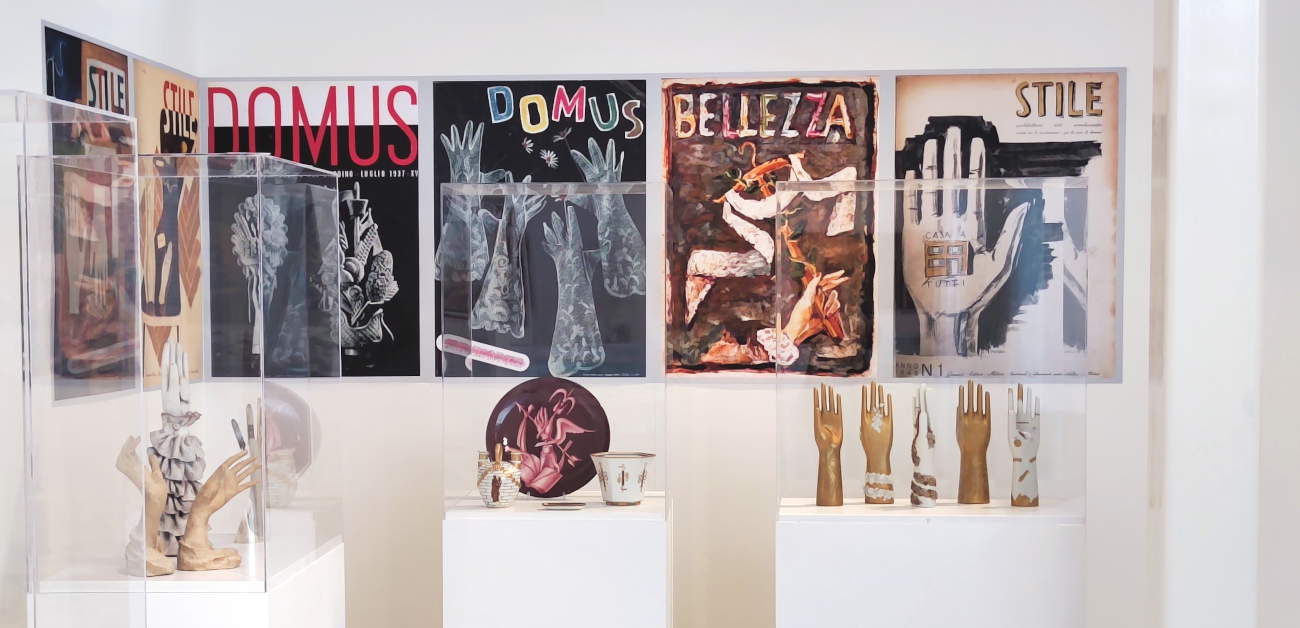

How does the exhibition route develop? Does it follow a chronological order?
The visit route does not follow a strictly chronological course, although it starts from the first masterpieces designed for the Richard-Ginori brand to arrive, in the last section, at the Pontian reminiscences recognizable in ceramics by authors such as Alessandro Mendini, Ico Parisi, POL Polloniato and Bertozzi&Casoni. It was preferred to organize the itinerary by thematic and comparison sections, proposing in-depth studies on subjects dear to the designer’s imagination, on specific types of objects or on his links with certain production realities and artistic personalities related to him.
What particular innovations on the development of Made in Italy in the decorative arts did Gio Ponti bring to the production of Richard-Ginori during the period of his artistic direction?
Ponti’s main skill was to have been able to combine the great technical mastery made available by the different workshops of the manufacture with unique and original designs, revolutionizing in the deepest way the catalog of shapes and decorations. From the very beginning, Ponti’s stylistic signature stood out for its singularity, elegance and irony, interweaving constant references to tradition and history with suggestions from the international world in a double thread. Ponti succeeded in grasping the change in taste initiated at the beginning of the 1920s, becoming one of the most representative interpreters of Italian Art Deco, able to establish himself internationally.
Howis the link between Gio Ponti and Richard Ginori addressed in the exhibition?
The relationship with Richard-Ginori is an important pivot of the exhibition and is developed in the first part of the itinerary by exploring the cornerstones of the manufactory’s repertoire conceived by Ponti during his decade as artistic director. Significant exemplifications of later production are not lacking, testifying to the ongoing, though not always easy, bond that united the designer and the manufacture between the 1930s and the 1960s.
How does Gio Ponti fit into the cultural debate of the twentieth century, and what were his most important collaborations?
Ponti was not an isolated figure, but a protagonist of his time, attentive to what was happening on the international scene and able to anticipate technical and stylistic changes, making his voice heard not only through the works he designed, but also through essays and articles published in newspapers and specialized magazines. His active participation in the artistic and industrial context took the form of an endless series of collaborations with individual artists, small workshops and large industries, moving seamlessly from the one-off piece to the large-scale serial product. Among the most significant collaborations, in addition to the oft-mentioned relationship with Richard-Ginori and the Faenza environment, one can mention the experiences with Piero Fornasetti, Venini, Fontana Arte, Sabattini, Gabbianelli, and Ceramiche Pozzi.
Have you found interest from visitors in discovering or learning more about this figure? How has this exhibition been received by the public?
The public’s response has been positive, as confirmed by visits to the museum, sales of the catalog and the great participation in the guided tours and workshops organized by the MIC staff. The figure of Ponti is still capable of catalyzing the attention of a wide audience, made up not only of architects, art historians and insiders, but also of enthusiasts, the curious and lovers of beauty. Ponti’s style, from his beginnings to his latest inventions, has been able to evolve and mutate, adapting to different materials and different production techniques, while at the same time maintaining a personal and clearly recognizable expressive figure, which has allowed many of his inventions to become icons of an evergreen modernity.

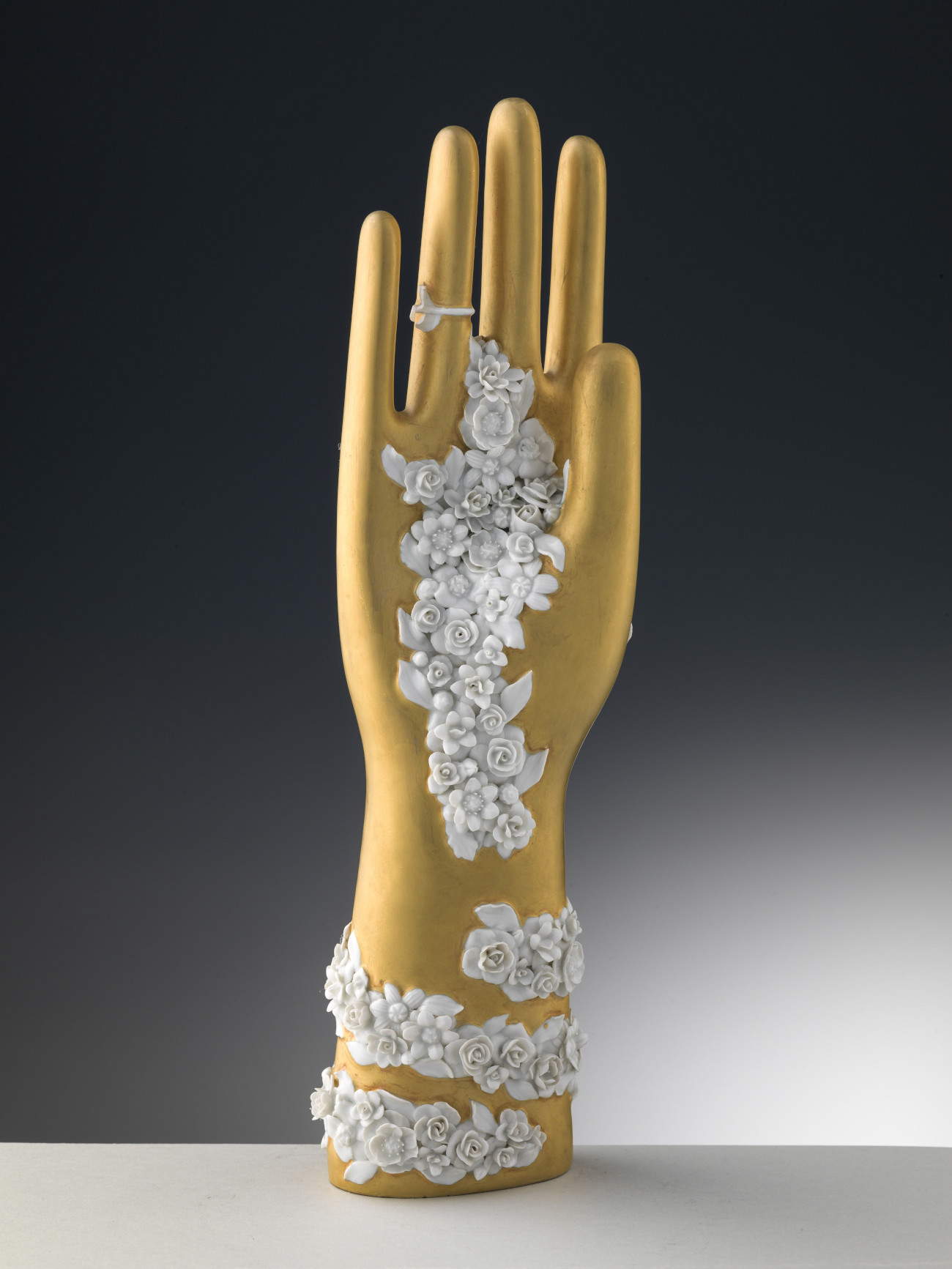

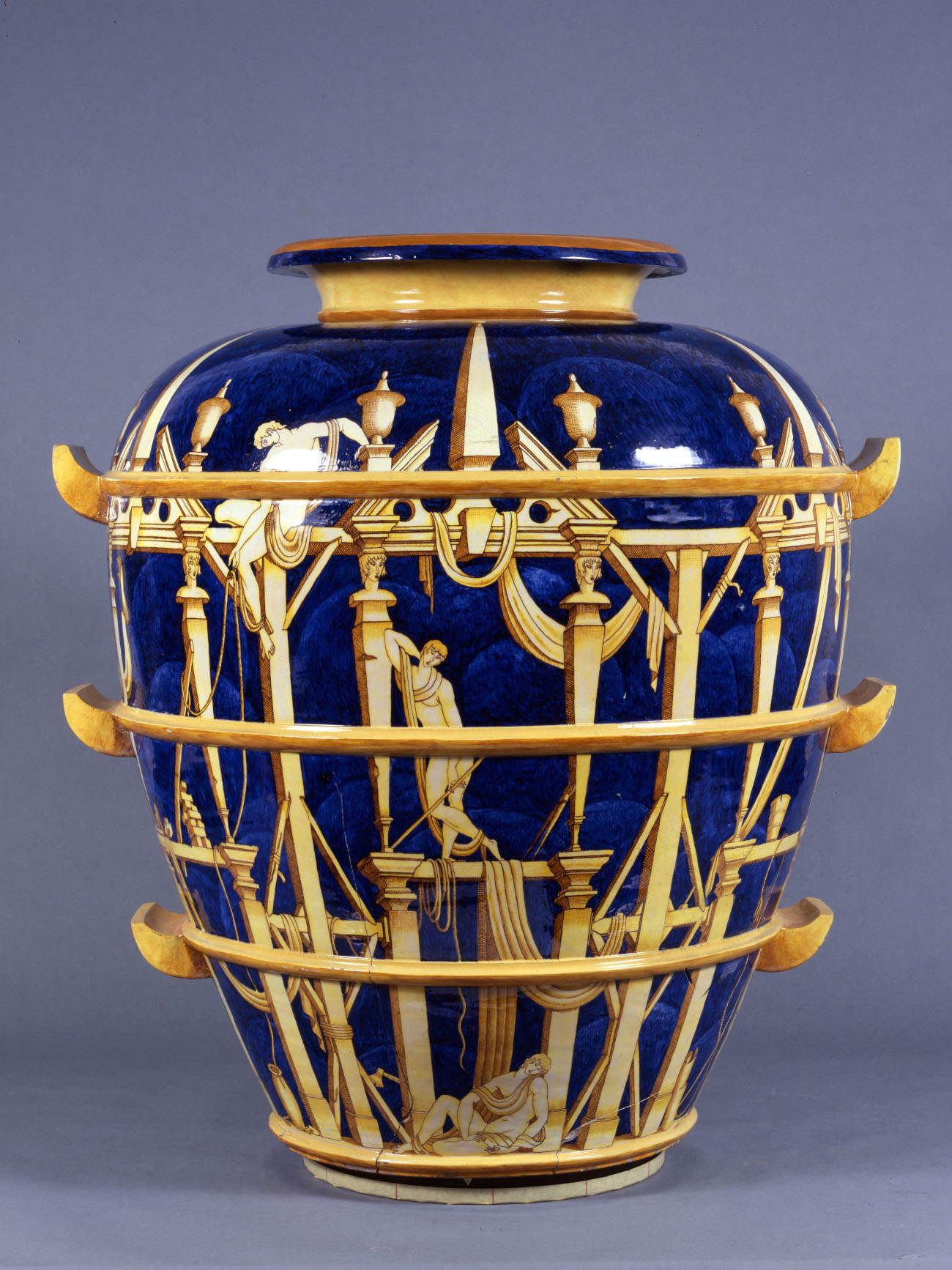
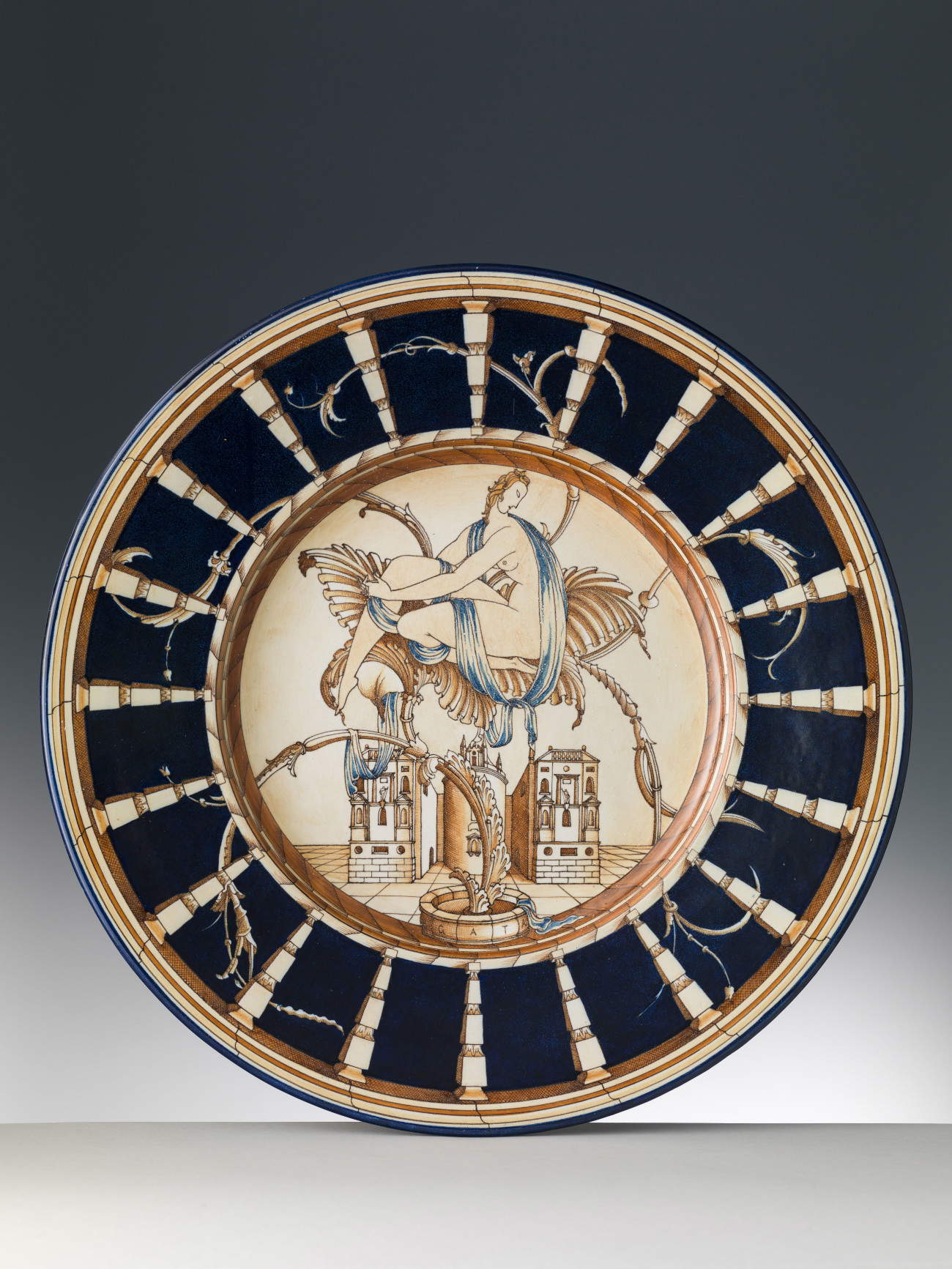
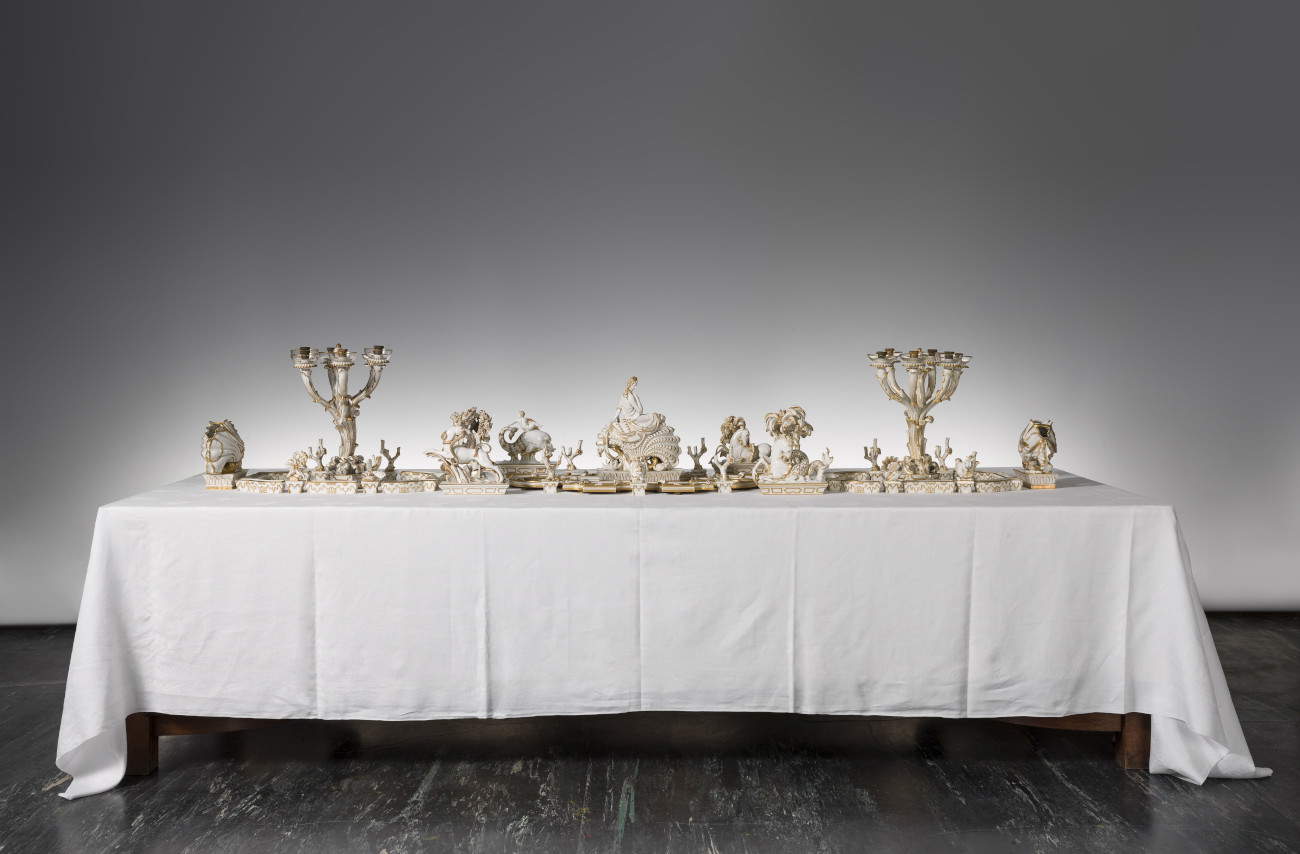
Warning: the translation into English of the original Italian article was created using automatic tools. We undertake to review all articles, but we do not guarantee the total absence of inaccuracies in the translation due to the program. You can find the original by clicking on the ITA button. If you find any mistake,please contact us.





























